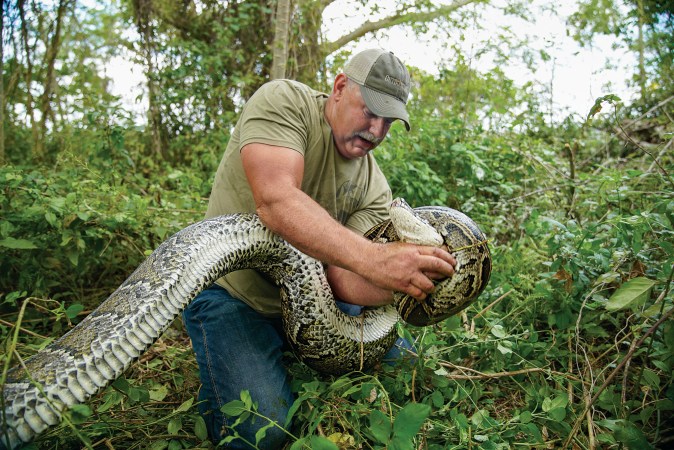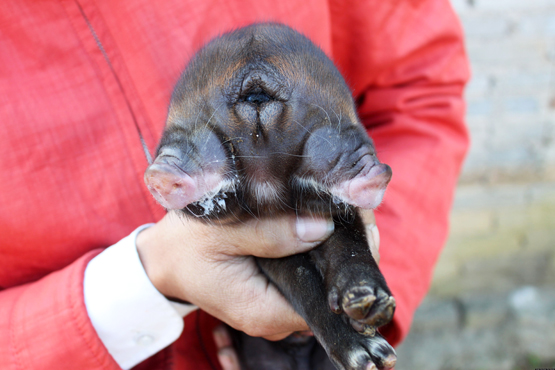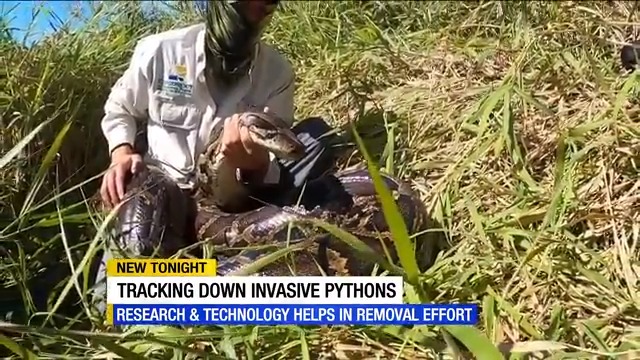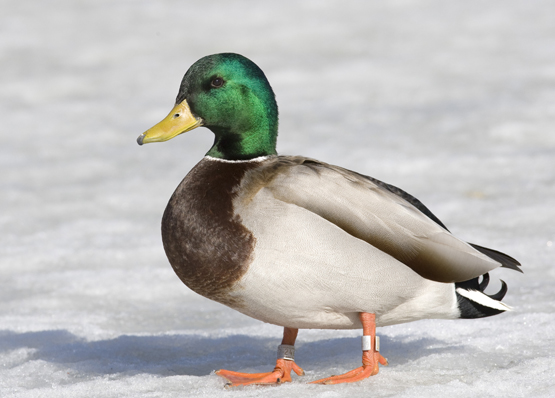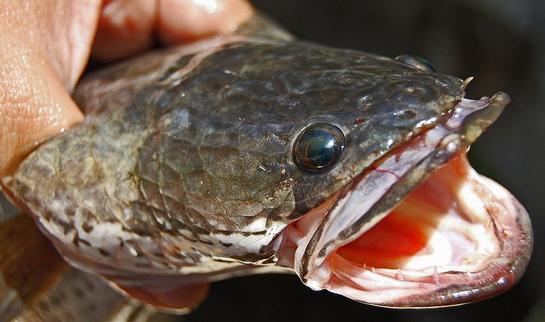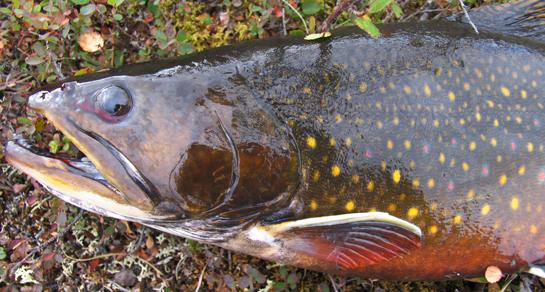Florida’s native wildlife populations might be in jeopardy, thanks largely to the invasive Burmese pythons.
Officials have struggled for years to find an effective solution to deal with these giant snakes, and a new study suggests that the growing number of snakes might be rapidly decimating mammal populations in the Everglades.
“Pythons are wreaking havoc on one of America’s most beautiful, treasured and naturally bountiful ecosystems,” Marcia McNutt, U.S. Geological Survey Director, told USA Today.
The snakes have been quietly proliferating over the last few decades. According to USA Today, reports of the python’s presence in Florida began in the 1980s. And a breeding population wasn’t confirmed until 2000.
The researchers conducted their study in the Everglades National Park using nightly road surveys to observe the number of live and road-killed animals. They found a severe decrease in the frequency of animal encounters that were abundant prior to 2000. Data gathered from 2003 to 2011 show a 99.3 percent decrease in raccoon sightings, 98.9 percent for opossum and 87.5 percent for bobcats. The researchers could not find any rabbits.
The timeframe for the rapid decline of sightings for these animal species, in juxtaposition with the establishment of the pythons, leads the researchers to believe that the snakes might be a main factor changing Florida’s biodiversity. While the Burmese python is native to Southeast Asia, there are several factors that help them to thrive in Florida, according to the study.
Places near the water’s edge where small mammals go to forage are prime hunting grounds for the snakes, which can swim. Larger animals “such as raccoons, opossums, deer, and bobcats may be naive to predation by large snakes” because there has been a lack of snakes large enough to prey on them for at least 16 million years, according to the study. And finally, many areas of the ENP prohibit hunting.
“Last October, we found a 15-foot snake with an 80-pound doe inside it,” Michael Dorcas, lead author of the paper and a biology professor at Davidson College, told USA Today.
In addition to wiping out the local animals, the drop in the number of prey could impact predatory species like coyotes, foxes and panthers that depend on them for food.
The pythons are elusive creatures, which makes it difficult to find and capture them. A ban was recently passed to stop pythons from being imported into the U.S., and as researchers and officials look to prevent the spread of the snakes, the pythons continue to take full advantage of Florida’s natural resources.
“All of Florida and much of the coastal plain of the southeastern United States is suitable habitat,” Dorcas told USA Today.

